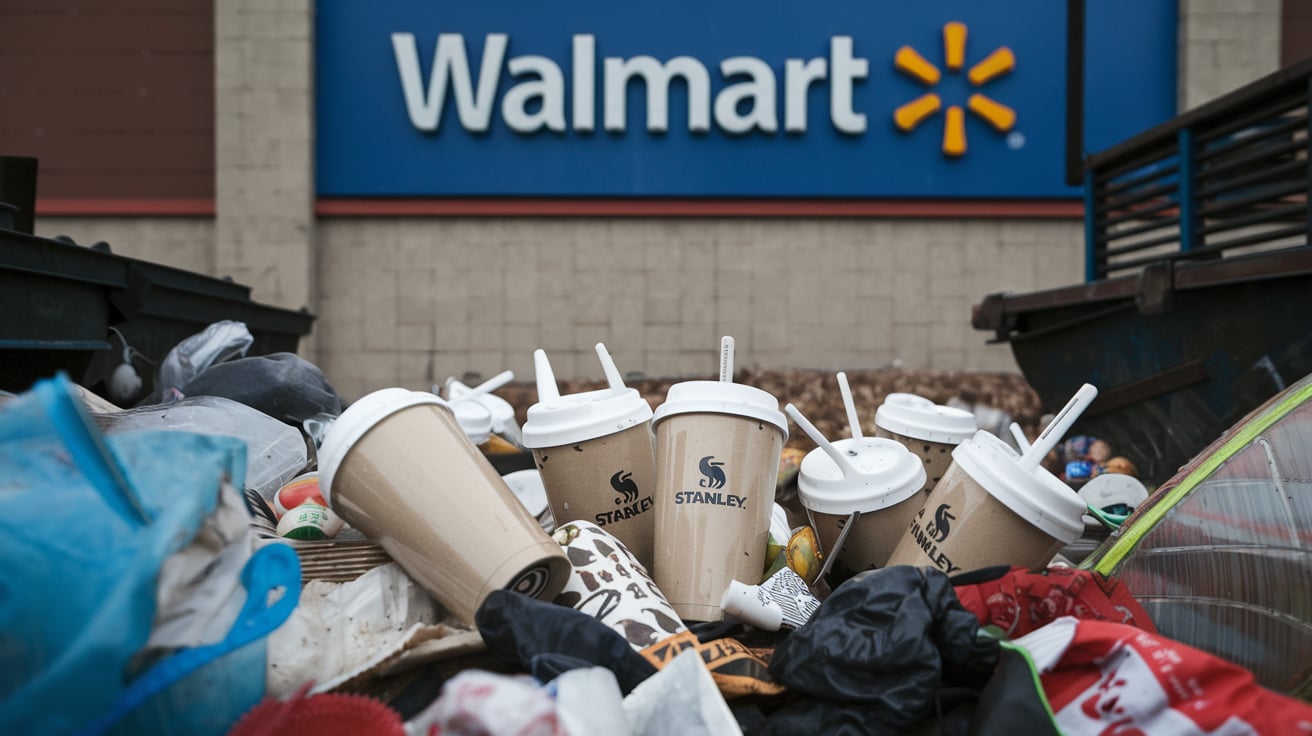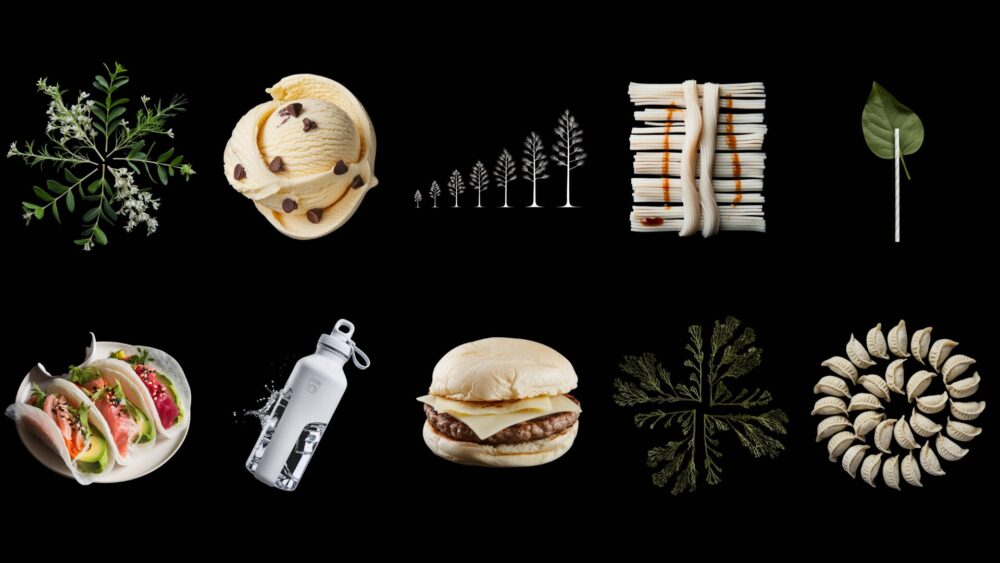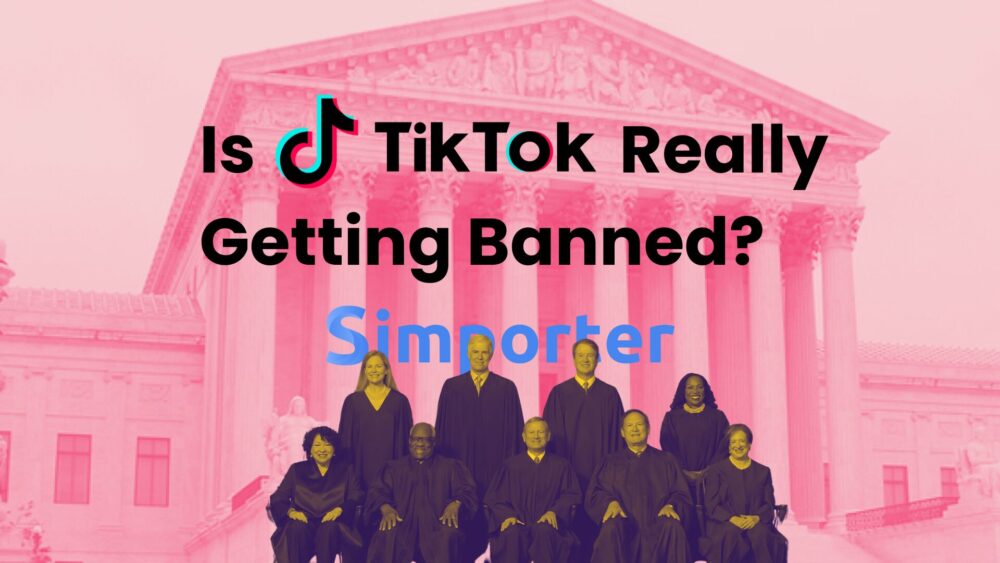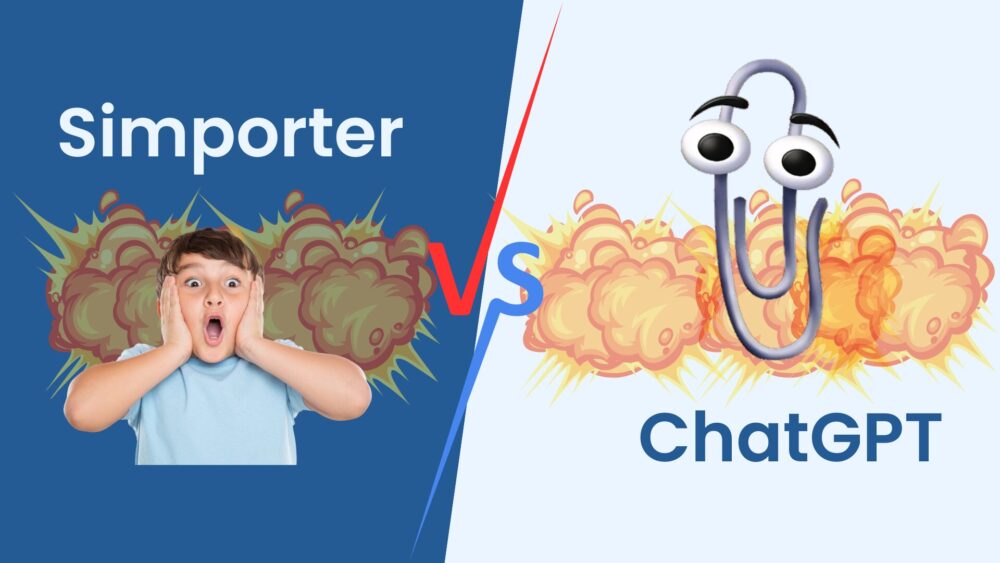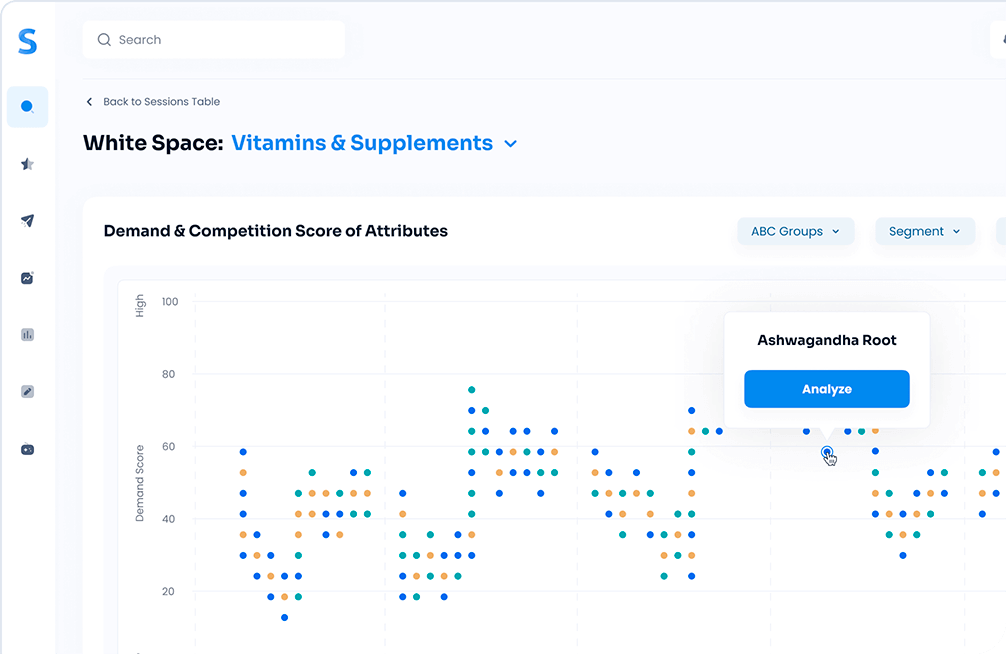You’ve seen it everywhere — TikTok, Instagram, even in your local stores. The Stanley cup, a seemingly ordinary water tumbler, became an unexpected cultural icon. For a while, it was the must-have accessory, gracing the hands of influencers, celebrities, and everyday consumers alike. But now, in 2024, the Stanley Cup trend has begun to decline. What led to its meteoric rise, and more importantly, what lessons can brands learn from this?
- The Beginning of a Trend
- TikTok’s Role in Stanley’s Rise
- A Product Positioned for a Specific Audience
- The Height of Stanley’s Popularity
- The Backlash Begins
- Lessons for Brands
- The Lessons Continue: Timing, Exclusivity, and Authenticity
- The Importance of Innovation
- The Role of Exclusivity
- The Sustainability Question
- Where Does Stanley Go From Here?
- What Brands Can Learn from the Stanley Trend
- Call to Action: Let Simporter Help You Identify the Next Big Trend
The Beginning of a Trend
Stanley, a company with a long history of making durable outdoor products, had been around for over a century, but its image was hardly trendy. That all changed in the early 2020s. The introduction of the Stanley Quencher Tumbler, a 40-ounce steel-insulated water bottle with a built-in handle and straw, suddenly captured attention. This wasn’t just a water bottle; it became a lifestyle accessory.
What happened next was a marketing masterstroke. A combination of savvy collaborations, influencer endorsements, and a powerful presence on TikTok catapulted Stanley into the spotlight. People were lining up at stores, camping out in parking lots for limited-edition releases, and paying exorbitant prices on resale markets. The Stanley cup wasn’t just a water bottle — it became a status symbol.
TikTok’s Role in Stanley’s Rise
The #StanleyCup hashtag on TikTok exploded, with billions of views of users showing off their tumblers. From color-coordinating their cups with outfits to personalizing them with third-party accessories, TikTok creators helped fuel the craze. Short-form videos of the Stanley cup’s durability and functionality — like surviving a car fire with ice still intact — only added to its viral appeal.
The rise of Stanley’s popularity was a textbook example of how brands can leverage user-generated content. Instead of expensive ad campaigns, Stanley’s fans did the marketing for them. Every video, every post was free advertising, driving home the appeal of the Stanley cup as a cool and functional accessory.
A Product Positioned for a Specific Audience
Stanley also understood its audience well. By tapping into the interests of health-conscious, style-driven, and eco-friendly consumers, Stanley managed to take what was once a utilitarian item and turn it into a chic must-have. The 40-ounce Quencher Tumbler, designed to keep drinks cold for hours, resonated with busy people on the go. It fit perfectly into car cup holders and offered the convenience of a handle and built-in straw, making it ideal for modern lifestyles.
This was no accident. Stanley’s brand pivot included collaborations with influencers and even a celebrity partnership with country singer Lainey Wilson, whose limited-edition Watermelon Moonshine Quencher sold out in minutes. The message was clear: owning a Stanley cup was more than just about hydration — it was about being part of a trend.
The Height of Stanley’s Popularity
By the height of its popularity in 2023, Stanley had become a juggernaut. Sales soared, with some reports indicating that the company jumped from $94 million in revenue in 2020 to $750 million by 2023. Consumers were buying multiple Stanley cups in different colors, turning them into collectible items. TikTok was flooded with videos of people showing off their collections, each cup representing a different mood or season.
But like many trends, the Stanley cup craze had a shelf life. By late 2023 and into 2024, the same consumers who once clamored for the latest limited edition were starting to move on. Stanley was still popular, but the days of selling out in minutes and waiting in line were starting to wane.
The Backlash Begins
As with many trends that burn brightly, a backlash was inevitable. The very things that made Stanley so popular — its ubiquity and association with influencer culture — began to work against it. People started to question the need for multiple $45 tumblers. Critics argued that the eco-friendly narrative was undercut by the fact that consumers were buying so many tumblers, fueling overconsumption.
Social media, which once helped fuel the Stanley craze, began to turn on the brand. Comments on videos shifted from admiration to criticism. TikTok creators who had once showcased their collections were now making content about why they were done with Stanley, marking the beginning of the trend’s decline.
Lessons for Brands
The rise and fall of Stanley cups offer valuable lessons for brands. First, Stanley’s success highlights the power of social media marketing. By leveraging TikTok and influencer culture, Stanley managed to create an immense amount of organic buzz, turning a century-old company into a viral sensation. Brands that understand how to harness user-generated content and build a community around their products can achieve remarkable success, even with relatively simple products.
Secondly, Stanley’s decline shows the risks of over-saturation. Once a product becomes too common or too closely tied to a fleeting trend, it risks losing its appeal. For Stanley, the very ubiquity that fueled its rise eventually led to its backlash. Brands must be mindful of balancing widespread popularity with the exclusivity that often makes products desirable.
Lastly, the eco-friendly narrative that Stanley tried to push offers an important lesson in authenticity. Consumers are more conscious than ever about sustainability, and they can see through claims that don’t hold up. While Stanley’s reusable design was marketed as eco-friendly, the idea of collecting multiple tumblers in different colors contradicted that message. Brands that want to appeal to environmentally conscious consumers need to ensure their messaging aligns with their customers’ values.
The Lessons Continue: Timing, Exclusivity, and Authenticity
Another critical factor in the Stanley Cup’s initial success and eventual decline is timing. The brand hit the market at a moment when consumers were looking for something more than just functionality. The COVID-19 pandemic had reshaped consumer habits, making people focus on health, wellness, and products that bring comfort or convenience to daily life. The Stanley cup, with its massive size and convenient design, met those needs perfectly. But once those needs shifted and consumers began looking for new trends, Stanley’s moment in the spotlight faded.
For brands, this underscores the importance of timing when launching a product. Understanding what consumers want at a particular moment — and anticipating shifts in trends — can make all the difference in whether a product will catch on or fall flat. Stanley’s rise and fall demonstrate how crucial it is to be aligned with consumer sentiment and behaviors.
The Importance of Innovation
While Stanley’s 40-ounce Quencher dominated the scene for a couple of years, the lack of meaningful innovation likely contributed to the trend’s decline. Consumers who initially bought into the excitement grew bored, especially as other brands began introducing new products that captured attention. Companies like Owala and Yeti began to compete for the same audience, offering alternatives that felt fresher and more innovative.
Brands that want to sustain long-term success need to keep innovating, not just in terms of product design, but in how they engage consumers. The viral success of Stanley may have been the result of smart marketing, but staying relevant requires more than a viral moment. Continuous innovation, whether it’s through product improvements, new designs, or even creative marketing campaigns, is essential.
The Role of Exclusivity
Part of Stanley’s early success came from a sense of exclusivity — limited-edition colors and collaborations drove urgency among buyers. But as Stanley cups became more common and easily accessible, that sense of exclusivity diminished. Without scarcity, consumers started to lose interest.
For brands, maintaining a level of exclusivity can keep products desirable. Whether it’s through limited-time releases, unique collaborations, or creating a sense of community around the product, brands can drive ongoing demand. Stanley’s rapid rise and slow decline show how too much availability can dilute a product’s value.
The Sustainability Question
One of the biggest criticisms Stanley faced during its decline was tied to sustainability. While the cups were marketed as eco-friendly due to their reusable nature, the consumer behavior around them suggested otherwise. Many buyers were purchasing multiple cups to match outfits or moods, undermining the idea of sustainability. This contradiction between marketing and consumer behavior led to a growing backlash, especially as the eco-conscious movement gained steam.
The lesson here is clear: brands must align their messaging with genuine consumer behaviors and values. If sustainability is a key selling point, brands need to ensure their product actually supports that goal in practice, not just in theory. In today’s market, consumers expect authenticity and will quickly turn on brands that appear to be exploiting trends without substance.
Where Does Stanley Go From Here?
While the peak of the Stanley cup craze may be over, it doesn’t mean the brand is done for. Many brands experience cycles of popularity and reinvention. The key for Stanley moving forward will be how it responds to this moment. By learning from its decline, focusing on innovation, and potentially shifting its messaging to align more with current consumer expectations, Stanley could find a way to regain relevance.
The brand may also need to lean back into its core identity as a producer of rugged, durable outdoor products rather than chasing fleeting trends. This could help Stanley reposition itself for long-term success rather than trying to keep up with the fast-paced world of viral consumer goods.
What Brands Can Learn from the Stanley Trend
The Stanley cup’s rise and fall offer invaluable lessons for brands in any industry. First, capitalize on the power of social media and user-generated content. TikTok and Instagram were instrumental in driving Stanley’s popularity, demonstrating how important it is to have a solid presence where your audience spends their time.
Second, create a product that meets both practical and emotional needs. Stanley didn’t just sell a water bottle; it sold convenience, health consciousness, and style. Understanding the broader context of how your product fits into a consumer’s life is key to building a loyal following.
Third, be wary of over-saturation. If everyone has your product, it’s no longer special. Stanley lost some of its appeal as it became more common, a trap many brands fall into when they chase short-term success without thinking about long-term exclusivity.
Finally, stay authentic to your core values. Stanley’s sustainability message rang hollow when consumers started collecting multiple cups. Brands that align their marketing with real consumer values and behaviors build stronger, more lasting relationships with their customers.
Call to Action: Let Simporter Help You Identify the Next Big Trend
Understanding consumer trends and behaviors is crucial for any brand’s success. Simporter helps companies like yours predict emerging trends, track consumer sentiment, and make data-backed decisions. Don’t wait for the next trend to pass you by — let Simporter guide you in identifying what’s next and staying ahead of the competition. Visit our website to learn more about how Simporter’s AI-driven insights can transform your business strategy today!
